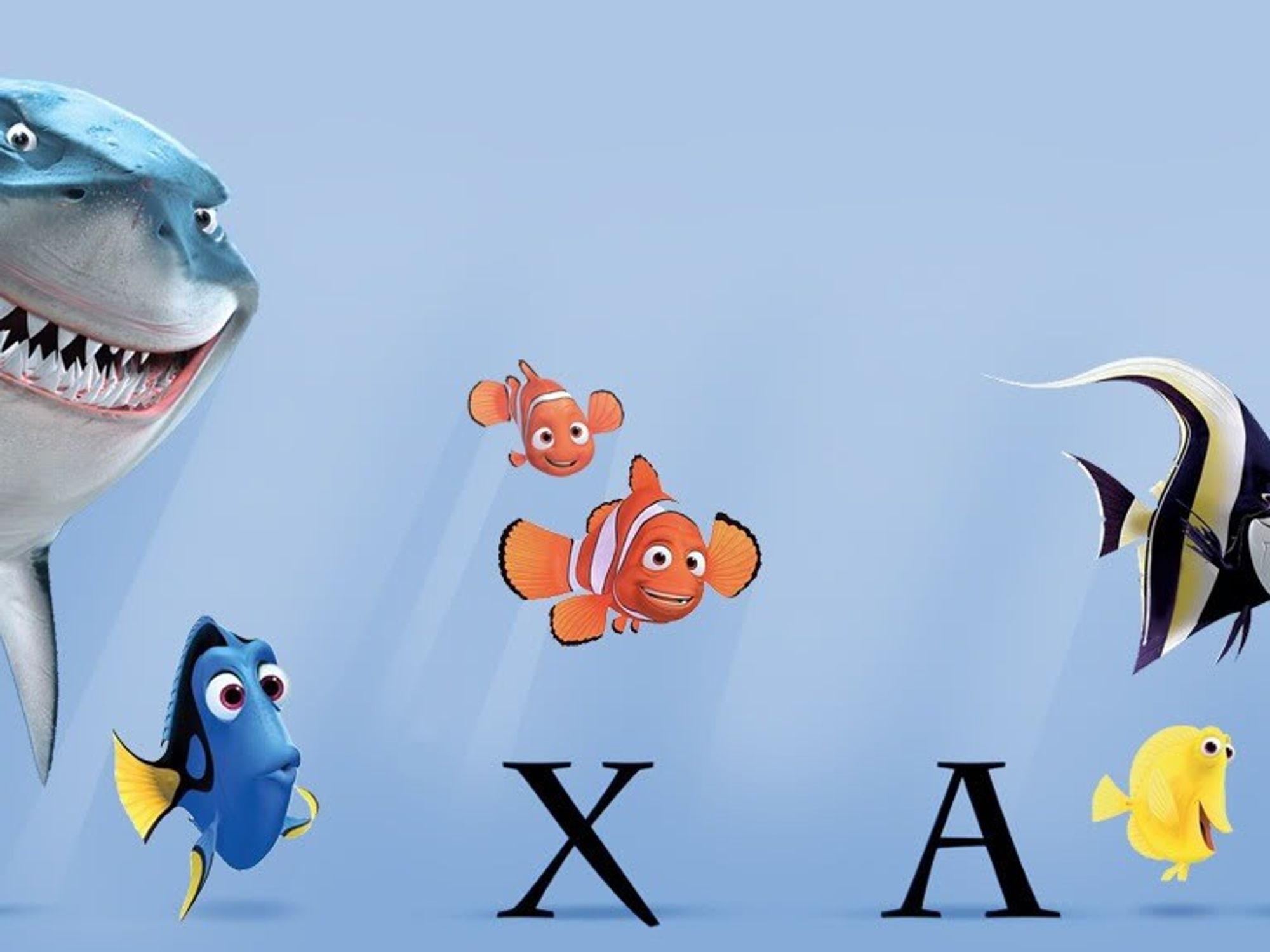
If you’re like me, then you’re a huge fan of Pixar’s storytelling. It’s hard to believe this animation company used to be a struggling group of friends, now, they’ve built a mega empire of original ideas and their name is synonymous with beautiful character development, thoughtful arcs, and now an incredible storytelling formula.
Director and Pixar storyboard artist Emma Coats (@lawnrocket) tweeted out 22 tips for storytelling, one of which ends with “Endings are hard, get yours working up front.”
These tips have helped carry e through my projects on both the film and television side. I try to incorporate them in beat sheets, outlines, and just any brainstorming activity as well.
Today we’re going to go over Pixar’s 22 Storytelling rules, see how it’s a formula to success, and leave you in a good place to start writing your story!
Let’s go.
What is Pixar’s Story Structure Formula?
First off, no formula can fix you as a writer. That takes time and actually writing. What I’m excited about is that this “formula” will actually help you spread your wings and go out there and write the screenplay you think expresses your original idea. Think of these techniques as a guideline for screenwriters of all levels.
Pixar’s Screenwriting Tips:
- You admire a character for trying more than for their successes.
- You gotta keep in mind what’s interesting to you as an audience, not what’s fun to do as a writer. They can be v. different.
- Trying for theme is important, but you won’t see what the story is actually about til you’re at the end of it. Now rewrite.
- Once upon a time there was ___. Every day, ___. One day ___. Because of that, ___. Because of that, ___. Until finally ___.
- Simplify. Focus. Combine characters. Hop over detours. You’ll feel like you’re losing valuable stuff but it sets you free.
- What is your character good at, comfortable with? Throw the polar opposite at them. Challenge them. How do they deal?
- Come up with your ending before you figure out your middle. Seriously. Endings are hard, get yours working up front.
- Finish your story, let go even if it’s not perfect. In an ideal world you have both, but move on. Do better next time.
- When you’re stuck, make a list of what WOULDN’T happen next. Lots of times the material to get you unstuck will show up.
- Pull apart the stories you like. What you like in them is a part of you; you’ve got to recognize it before you can use it.
- Putting it on paper lets you start fixing it. If it stays in your head, a perfect idea, you’ll never share it with anyone.
- Discount the 1st thing that comes to mind. And the 2nd, 3rd, 4th, 5th – get the obvious out of the way. Surprise yourself.
- Give your characters opinions. Passive/malleable might seem likable to you as you write, but it’s poison to the audience.
- Why must you tell THIS story? What’s the belief burning within you that your story feeds off of? That’s the heart of it.
- If you were your character, in this situation, how would you feel? Honesty lends credibility to unbelievable situations.
- What are the stakes? Give us reason to root for the character. What happens if they don’t succeed? Stack the odds against.
- No work is ever wasted. If it’s not working, let go and move on – it’ll come back around to be useful later.
- You have to know yourself: the difference between doing your best & fussing. Story is testing, not refining.
- Coincidences to get characters into trouble are great; coincidences to get them out of it are cheating.
- Exercise: take the building blocks of a movie you dislike. How d’you rearrange them into what you DO like?
- You gotta identify with your situation/characters, can’t just write ‘cool’. What would make YOU act that way?
- What’s the essence of your story? Most economical telling of it? If you know that, you can build out from there.
What Else Does Pixar Do Well?

Behind the scenes, Pixar is known for fostering a collaborative and creative work environment where ideas are freely shared and developed, contributing to the richness of their storytelling.
This working together ensures tey get the best stories onto the screen.
And it’s also one of the things that inspires this website.
Storytelling often involves tackling complex problems, such as plot holes, character development issues, or logistical challenges.
Collaboration brings together individuals with different backgrounds, experiences, and skills. This diversity enriches the storytelling process, allowing for a broader range of ideas, perspectives, and creative solutions.
Hopefully, this outlook has helped you in your personal writing.
What’s next? Learn Pixar’s story development process!
With one of the best critical and commercial records in movie-making history, there are a lot of things Pixar does right. One of their greatest strengths is their ability to consistently craft great stories.
So what’s the Pixar story development process like, and what can we as independent filmmakers learn from it?
Click the link to learn more!
Author: Ryan Koo
This article comes from No Film School and can be read on the original site.
